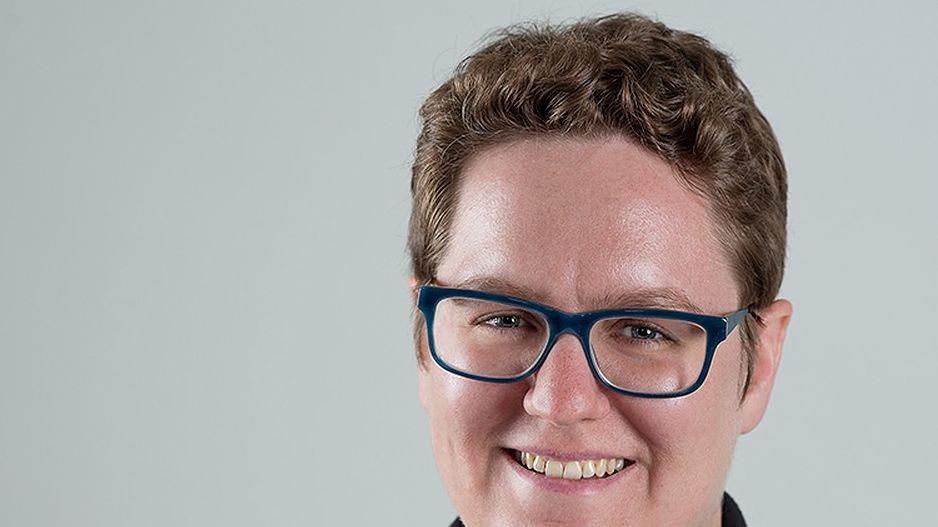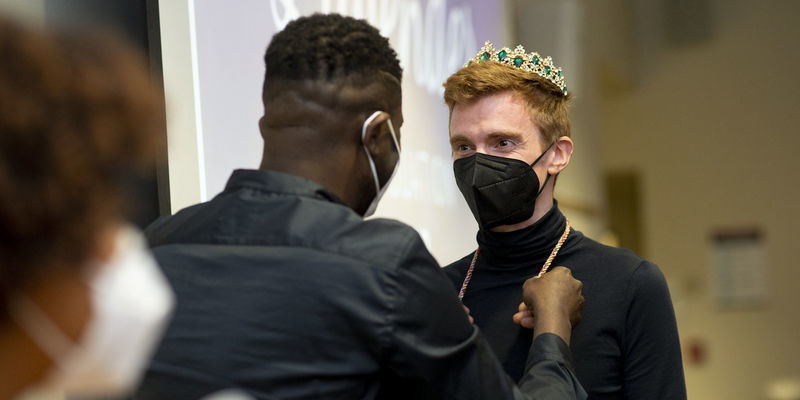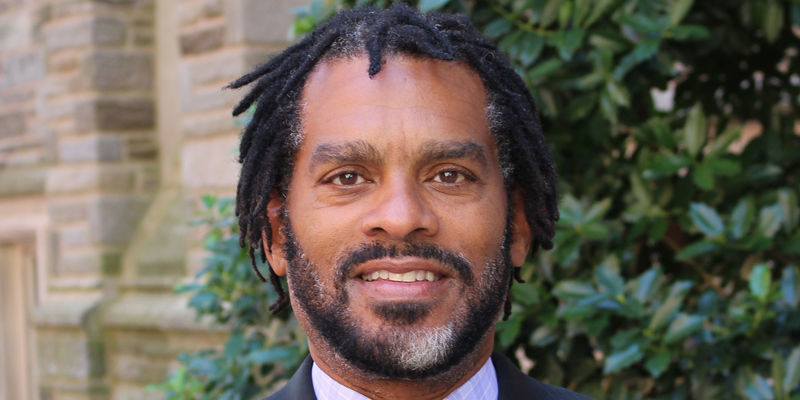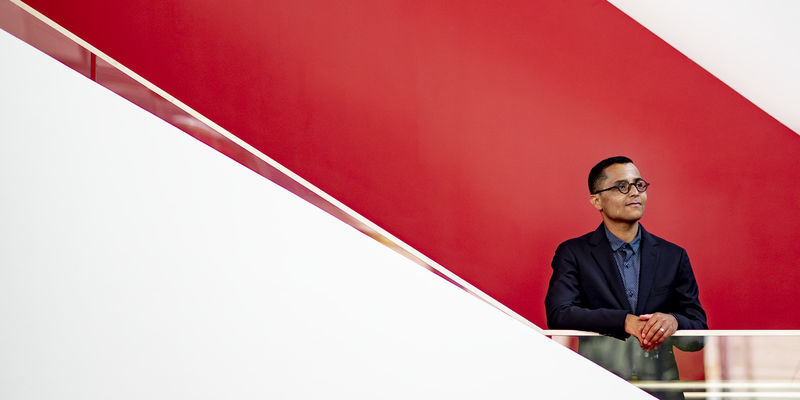Why are shows with queer female characters being canceled? A Temple professor explains
Adrienne Shaw, associate professor in the Klein College of Media and Communication, talks about the portrayal of different LGBTQIA+ groups in the media and its impact.

Amid recent cancellations of LGBTQIA+ programming, fans have noticed a troubling pattern: Much of this content centered queer women and their romantic relationships with other women.
In 2022 alone, several shows featuring lesbian and bisexual women have ended after only one or two seasons, including Netflix’s First Kill, Amazon Prime’s The Wilds and HBO Max’s Gentleman Jack. Additionally, Warner Bros. unexpectedly canceled the upcoming Batgirl film—which was going to include the first openly trans character and actress in the DC extended film universe—despite the movie already being made and set to debut in late 2022.
We spoke with Adrienne Shaw—associate professor in the Department of Media Studies and Production at Klein College of Media and Communication—about the implications of these cancellations and representation across LGBTQIA+ identities in the media.
Temple Now: What message do these abrupt cancellations of shows and movies with LGBTQIA+ main characters, especially queer women, send to audiences?
Adrienne Shaw: They send the message that this content is only useful if it’s going to get enough money that it’s worth the potential political risk of representing specific marginalized groups. All media are capitalistic enterprises, and there’s a cost-benefit analysis. There’s a certain amount of cultural cachet in representing marginalized groups. They’re particularly brand loyal and flock to networks offering them representation. But historically every media distribution platform, production company or distribution hub at a certain point decides that if they have enough of another audience, the marginalized audience is the first to go. These companies want the media content that’s going to get the biggest audience.
TN: What differences have you noticed in media representation of the various LGBTQIA+ identities?
AS: In terms of trans media representation, trans women have always been more represented than trans men, who are rare. GLAAD reports that last year there were more trans people of color on television than white trans characters, although overall most of those characters are still trans women. And some of the most notable examples have been of trans women of color such as in FX's Pose or Laverne Cox, whose career really took off after Netflix's Orange is the New Black. The attention to these representations may be because they’re seen as the most ‘other’ to a mainstream audience, so the media plays up their otherness. When there’s only one trans character on a show to fill multiple marginalized categories, that character bears an added burden of representation.
Historically, cisgendered gay men have always been more represented in all media than queer women, partly because of a long history of sexualizing female relationships for the male gaze. Will and Grace, for example, was noted for being a watershed television moment for gay representation, and yet it rarely represented queer women (and if it did, they were often the butt of a joke). Queer as Folk debuted four years before The L Word and was an adaptation of a U.K. show, demonstrating expectations of what audiences are ‘ready’ for.
Media companies shy away from representing queer female characters because they can be accused of doing it for prurient interest (as The L Word was). Queer men are seen as nonthreatening, so they can be marketed to straight female audiences, but companies can get into trouble if they try to market queer women to straight male audiences. So media platforms deem the queer female audience a smaller market, and the content centering queer female love is the first to go.
Whether this perception is accurate is a different question. I think there are many more people interested in this content than the media gives them credit for.
TN: How does unequal representation or lack of representation affect viewers or fans of this media?
AS: Representation is a way of imagining what types of being in the world are possible. It’s important to see yourself reflected in the media because it’s validating to see someone else imagined you exist. It also allows people who aren’t that identity to understand that it exists in the world. Not everybody lives in a city like Philadelphia where you can walk around and see people who are different from you. A lot of our access to types of difference is through media, which allows us to figure out who we are and for others to believe us when we say who we are.
TN: Could you speak to the power of online communities and fandoms, who have launched campaigns to renew or save these queer series?
AS: These communities have existed for a long time. When My So-Called Life—a 1990s show that considered female sexuality and desire and featured one of the first and most fleshed out queer people of color characters in TV—was canceled after just one season, there was an outcry to bring it back. It felt like a bigger show because people remember being mad that it was canceled.
Sharing a desire to revive a show demonstrates that you’re not the only person who needed it. It allows you to connect with others who are interested in that type of content. It also shows to media companies that there are passionate people who want it. Maybe the corporate media structures will never give you the show that you want, but if other people want it too, that could inspire an independent creator.
TN: Why is it important to have nuanced and equal representation across LGBTQIA+ identities in the media? Why do fans crave it?
AS: One of the biggest reasons people crave it is because it’s so rare. The burden of representation is that if you’re representing a marginalized group, you’re being treated as the stand-in for all members of that group. Until there’s enough representation, those characters will always bear that burden. The more characters there are, the more possibility for nuance there is and the greater likelihood that a person will see themselves reflected. LGBTQIA+ people have spent their lives trying to piece together a feeling of being represented in the media across multiple types of characters, some of whom are like them and some not, whereas cisgendered and heterosexual people can pick from a lot of different characters to find someone like them.
It’s important to feel like you make sense and don’t have to explain yourself against the caricatures that are already in someone else’s head. Nuanced and diverse representation of the various sexualities is important for people’s sense of identity and well-being. There should always be more LGBTQIA+ representation, and it should be ubiquitous.


